News Beat
News Beat reporting is an idrw.org initiative to let our Readers to report News Based on Actual facts but some how has not been reported in Main Stream Media .
SOURCE: RAUNAK KUNDE / NEWS BEAT / IDRW.ORG

India is set to embark on a significant naval undertaking with the development of a new diesel-electric submarine under Project 76. The Warship Design Bureau (WDB) and Mazagon Dock Shipbuilders Limited (MDL) have been entrusted with the responsibility of designing this cutting-edge submarine, which will incorporate the latest Indian-made technologies.
Project 76 represents an in-house endeavour, showcasing India’s commitment to self-reliance and indigenous defence production. The project aims to leverage advanced Indian technologies, including Ship and Weapon Control Systems, Air-Independent Propulsion (AIP), Lithium-ion batteries, sensors, and other domestically developed systems. By utilizing these state-of-the-art technologies, the new submarine will boast enhanced operational capabilities and performance.
Continue readingSOURCE: RAUNAK KUNDE / NEWS BEAT / IDRW.ORG
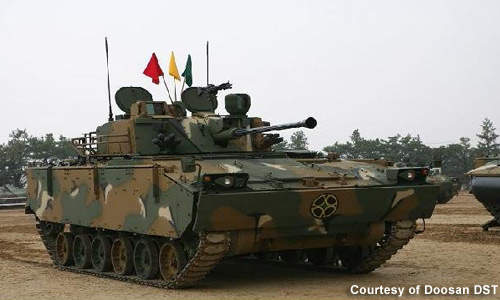
South Korea’s Hanwha Defense has confirmed its participation in the bidding process for India’s Futuristic Infantry Combat Vehicle (FICV) project. The company has offered its advanced K21 next-generation infantry fighting vehicle (NIFV) with complete Transfer of Technology (ToT) for local manufacturing in India. This move comes as the Indian Army plans to replace its aging fleet of Soviet Union-era BMP-1 and BMP-2 infantry combat vehicles (ICVs) with modern and technologically advanced FICVs.
Earlier this year, the Defence Acquisition Council (DAC) of India, chaired by Defence Minister Rajnath Singh, approved the procurement of 1,750 FICVs for the Indian Army. The Ministry of Defence (MoD) specified that the FICV should possess amphibious capabilities and be equipped with a manned turret featuring a future combat system (FCS) along with fire-and-forget top-attack anti-tank guided missiles (ATGMs).
Continue readingSOURCE: RAUNAK KUNDE / NEWS BEAT / IDRW.ORG
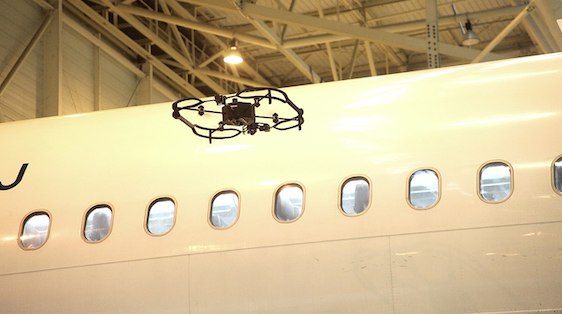
The Indian Air Force (IAF) is set to revolutionize its maintenance operations by incorporating automated inspection drones into its base maintenance procedures. These cutting-edge drones will play a vital role in improving the efficiency, reliability, and accuracy of visual inspections conducted on transport aircraft and fighter jets, thereby optimizing maintenance activities.
To achieve this innovative advancement, the IAF is collaborating with an Indian drone startup to develop an automated inspection drone equipped with advanced analysis algorithms specifically designed for defect detection.
Continue readingSOURCE: RAUNAK KUNDE / NEWS BEAT / IDRW.ORG

France has shown a keen interest in collaborating with India on its ambitious plan to manufacture three advanced nuclear attack submarines for the Indian Navy. As part of this collaboration, France has offered India non-nuclear systems and subsystems from its own SSN (nuclear attack submarine) program.
Talks are currently underway at the National Security Advisor (NSA) level, with Ajit Doval leading the discussions on the nuclear submarine cooperation between India and France. One of the key components being discussed is the pump-jets propulsor, which holds great importance for submarine operations.
Continue readingSOURCE: RAUNAK KUNDE / NEWS BEAT / IDRW.ORG

The Tactical Aerial Platform for Advanced Surveillance (TAPAS) 201 Medium Altitude Long Endurance (MALE) unmanned aerial vehicle (UAV), developed indigenously, is now set for user evaluation trials. Insider sources indicate that these trials are expected to be mere formalities, as most of the developmental trials were closely monitored by a Tri-Services team from the Armed Forces.
The Defense Research and Development Organization (DRDO) anticipates that user trials will be completed by mid-2024. TAPAS 201 has successfully demonstrated the desired capabilities outlined by the Tri-Service, and production partnerships have been established with Hindustan Aeronautics Ltd. (HAL) and Bharat Electronics Ltd. (BEL) for the MALE UAV.
Continue readingSOURCE: RAUNAK KUNDE / NEWS BEAT / IDRW.ORG

The Combat Vehicles Research & Development Establishment (CVRDE), a leading entity under the Defense Research and Development Organization (DRDO), has set its sights on developing hybrid electric engine technology for Armoured Fighting Vehicles (AFVs).
By combining battery power with a diesel engine, the hybrid electric drive system offers instantaneous power delivery, allowing for faster acceleration than any existing combat vehicle. This innovative technology not only enhances performance but also provides advantages in terms of fuel consumption and maintenance.
Continue readingSOURCE: RAUNAK KUNDE / NEWS BEAT / IDRW.ORG
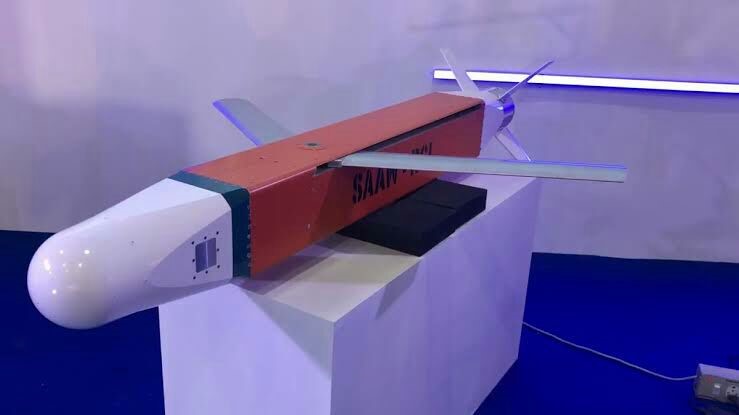
The Defense Research and Development Organization (DRDO) of India is reportedly working on developing an advanced variant of the Smart Anti-Airfield Weapon (SAAW). This precision-guided bomb is specifically designed to neutralize enemy runways, aircraft hangars, bunkers, radars, and other fortified structures.
The new variant aims to significantly increase the weapon’s range by 40-50 per cent and equip it with Mini Turbojet propulsion, enabling it to hit deeper targets or readjust and defeat mobile and relocatable threats. The DRDO envisions this upgraded SAAW to operate effectively in all weather and day/night environments while adhering to strict rules of engagement to minimize collateral damage.
Continue readingSOURCE: RAUNAK KUNDE / NEWS BEAT / IDRW.ORG
Indian paramilitary forces, including the Border Security Force (BSF) and the Indo-Tibetan Border Police (ITBPF), are set to assess the capabilities of the Archer SR-UAV (Short Range Unmanned Aerial Vehicle) developed by the Aeronautical Development Establishment, a laboratory of the Defence Research Development Organisation (DRDO). This evaluation aims to determine the suitability of the Archer SR-UAV for addressing the operational needs of the paramilitary forces, particularly in countering intrusions and smuggling activities along the Indian borders.
The Indian border security forces, such as face numerous challenges due to infiltration attempts by smuggling rings and terrorist organizations operating in the Punjab sector. These organizations seek to supply arms and ammunition to their cadres in Kashmir, posing a significant threat to national security. Recognizing the need for enhanced surveillance and intelligence capabilities, the paramilitary forces have turned their attention towards the Archer SR-UAV.
Continue readingSOURCE: RAUNAK KUNDE / NEWS BEAT / IDRW.ORG

The Hindustan Aeronautics Limited (HAL) Dhruv helicopter has achieved a significant milestone by receiving the restricted type certification from the European Union Aviation Safety Agency (EASA) in Brussels, Belgium. This certification signifies that HAL possesses the capability to design helicopter platforms that meet the stringent certification requirements set by the European Union.
Dr. D.K. Sunil, the Director (Engineering, Research & Development) at HAL, received the prestigious certification in the presence of esteemed individuals including Mr. Filip Cornelis, the Director of Aviation at the Directorate-General Transport & Mobility, Mr. Luc Tytgat, the Strategy & Safety Management Director at EASA, Mr. SK Mishra, JS MoCA, and Mr. Vikram Dev Dutt, DGCA.
Continue readingSOURCE: RAUNAK KUNDE / NEWS BEAT / IDRW.ORG
The Indian Air Force (IAF) is progressing with its Multi-Role Fighter Aircraft (MRFA) programme, which is expected to reach the Request for Proposal (RFP) stage later this year or in early 2024. The upcoming RFP will feature stringent requirements aimed at eliminating fighter jets that fail to meet the technical specifications outlined in the proposal. This approach will help streamline the selection process by reducing the number of contenders, ensuring that only qualified aircraft are considered for the MRFA programme.
Sources familiar with the matter have suggested that Original Equipment Manufacturers (OEMs) typically submit lengthy proposals spanning thousands of pages in response to the RFP. These proposals require extensive checking and verification, often resulting in significant delays. To address this issue, the IAF is determined to establish strict technical requirements in the RFP, ensuring that only aircraft meeting the specified criteria move forward in the selection process. By doing so, the evaluation and vetting process can be expedited, facilitating a more efficient procurement process.
Continue readingSOURCE: RAUNAK KUNDE / NEWS BEAT / IDRW.ORG

The prestigious No. 51 ‘Swordarms’ Squadron, based in Srinagar, is set to commence the induction of the indigenous Tejas Mk1A fighter jet. Following the retirement of its MiG-21Bis, which had earned acclaim for shooting down a Pakistani F-16 over the Line of Control, the squadron temporarily ceased flying operations on June 30, 2022.
With the expected delivery of Tejas Mk1A jets starting from February 2024, the Indian Air Force (IAF) plans to raise the first two squadrons, potentially in Rajasthan and Srinagar, which are strategically vital regions for the IAF in the Western and North sectors, respectively.
Continue readingSOURCE: RAUNAK KUNDE / NEWS BEAT / IDRW.ORG
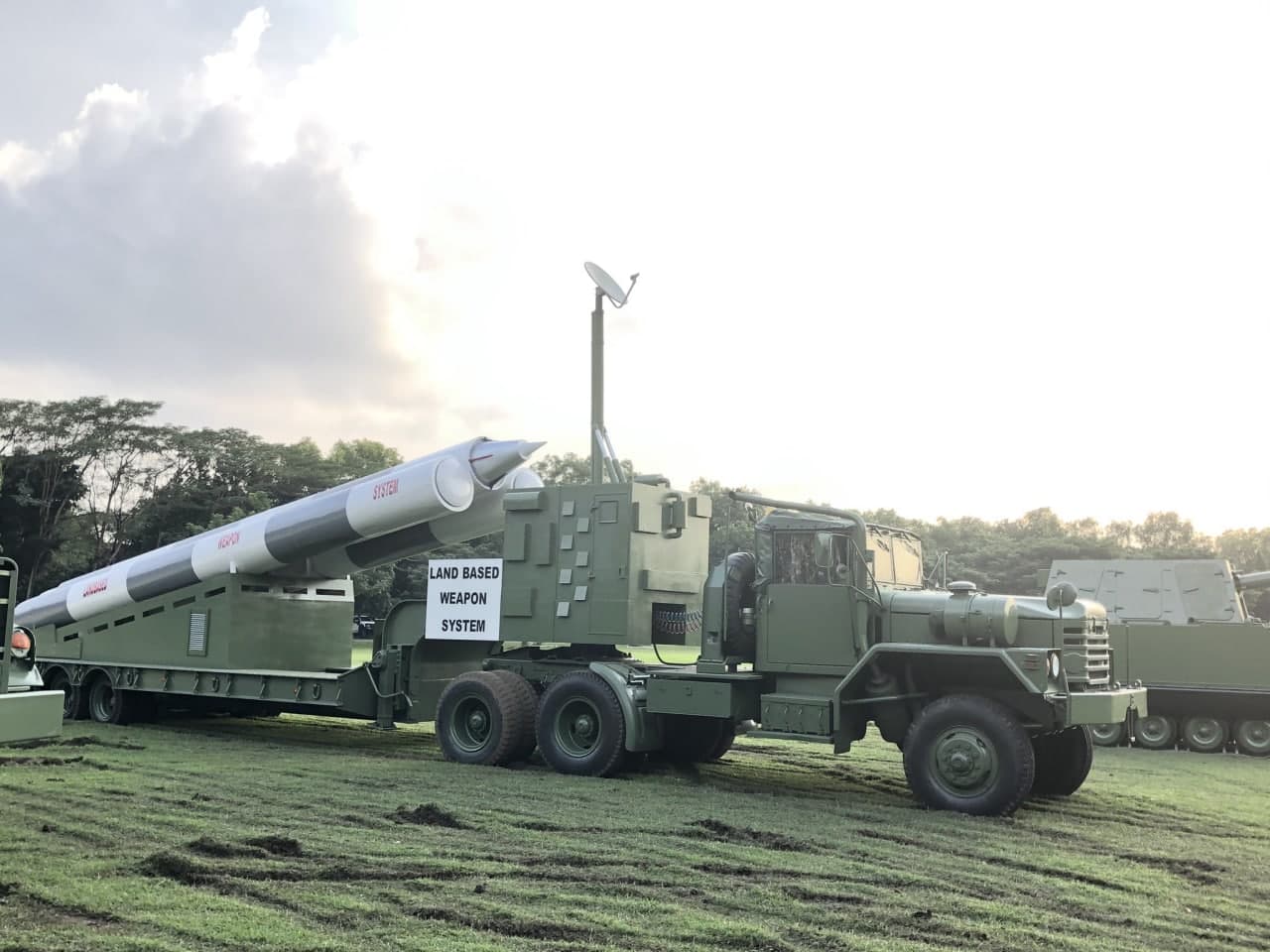
The Philippine Army is actively pursuing plans to bolster its coastal defence capabilities by acquiring batteries of the BrahMos supersonic anti-ship cruise missile. Negotiations have begun with India’s BrahMos Corporation, and it is expected that orders will be placed later this year.
This move comes in the wake of the Philippine Navy’s recent order for three batteries of BrahMos missiles, which are intended for use by the Philippine Marine Corps. With India offering a line of credit to meet Manila’s defence requirements, the stage is set for further strengthening of defence ties between the two nations.
Continue readingSOURCE: RAUNAK KUNDE / NEWS BEAT / IDRW.ORG
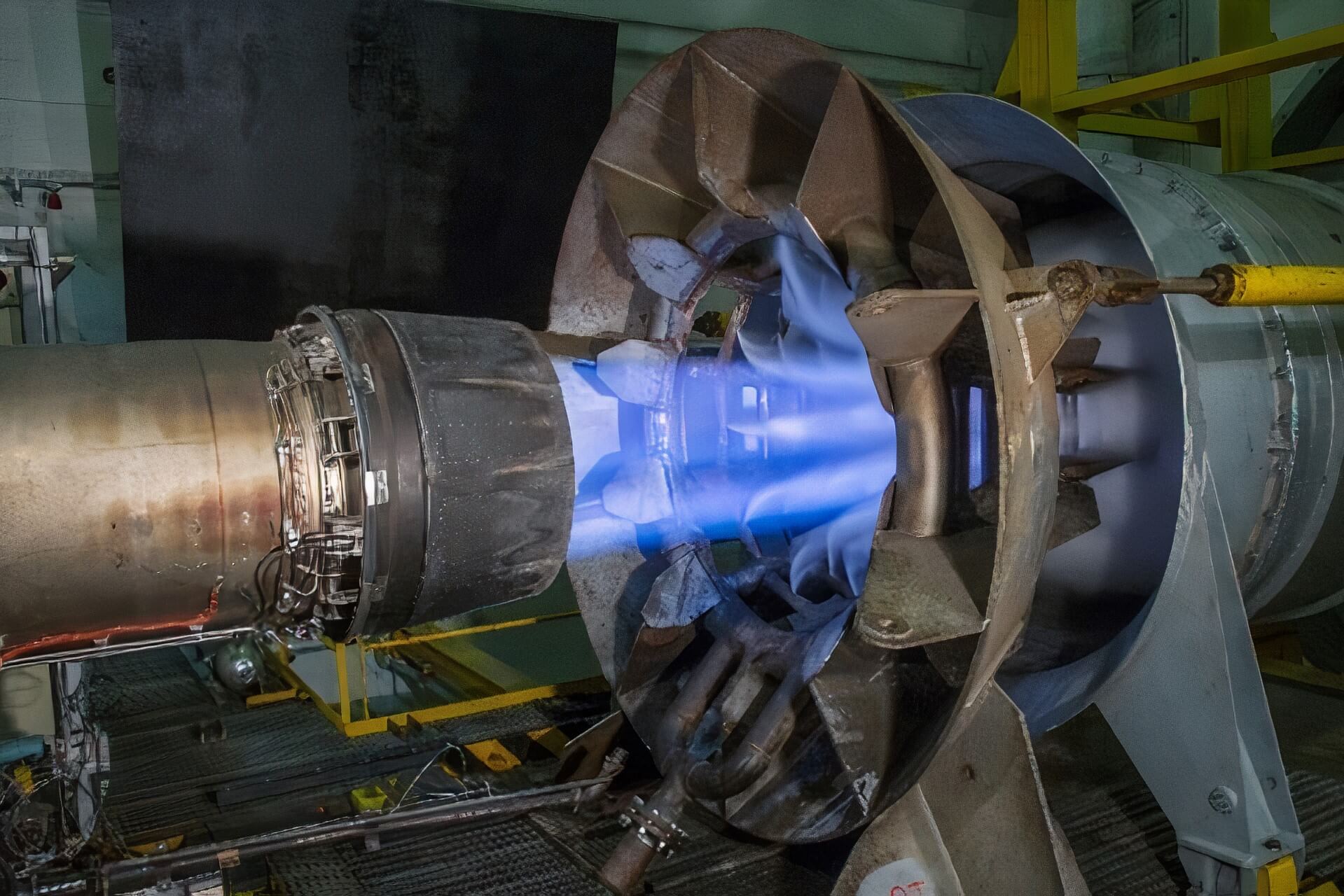
French aerospace engine manufacturer Safran has recently expressed significant interest in collaborating on the development of a new engine for India’s Advanced Medium Combat Aircraft (AMCA) program. During a briefing held in Paris, attended by Dr Samir V. Kamat and the Indian AMCA team, Safran proposed a co-development initiative for a new engine core capable of generating 75kN of thrust. When combined with an afterburner, this engine core has the potential to produce a thrust class ranging from 110kN to 120kN.
Sources familiar with the matter, speaking to idrw, have revealed that the proposed engine core will be larger than the M-88 engine currently powering the Dassault Rafale. Additionally, it will feature a turbine inlet that can withstand higher temperatures than those observed in the M88 engine. To address this requirement, Safran has proposed the development of new-age materials that can effectively manage the engine’s stress levels while operating at higher temperatures.
Continue readingSOURCE: RAUNAK KUNDE / NEWS BEAT / IDRW.ORG

Gas Turbine Research Establishment (GTRE) in Bengaluru, India, has embarked on an ambitious project to design and develop a variant of the 4.4kN thrust class Small Turbo Fan Engine (STFE) specifically for the Air-Launched Cruise Missile (ALCM) program. This project aims to equip the ALCM with a lower-thrust 3.3kN STFE variant, allowing it to achieve a range of over 500 kilometres.
According to the Defence Research and Development Organisation (DRDO), the STFE engine is a generic twin-spool engine that does not feature an afterburner. It is designed to be an expendable, single-use engine with a short operational lifespan, making it ideal for use in the ALCM program. The engine is composed of various modules that work together to ensure optimal performance and reliability.
Continue readingSOURCE: RAUNAK KUNDE / NEWS BEAT / IDRW.ORG
The Indian Navy has been assigned the pivotal role of overseeing the development of India’s upcoming High Altitude Long Endurance (HALE) Class Unmanned Aerial Vehicle (UAV) proposed by the Aeronautical Development Establishment (ADE) for the Indian Armed Forces.
While ADE is still finalizing the configuration of the Turboprop-powered HALE UAV in collaboration with the tri-service branches of the Indian military, it has been decided that the Navy will collaborate with ADE in establishing the fundamental parameters of the HALE UAV. Simultaneously, the Army and Air Force will recommend specific sensors and payloads based on their operational requirements.
Continue reading